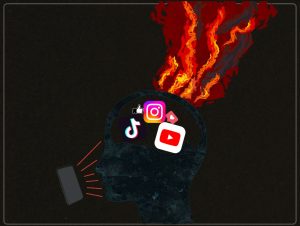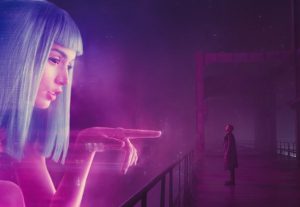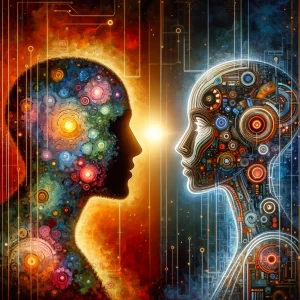As AI continues to make significant strides in various fields, its entry into the art world has sparked a significant controversy. The development of AI-generated art, a notable technological achievement, raises a challenging issue: it competes with traditional artists by copying their styles without asking for permission or offering fair compensation. This practice has sparked discussions and dissent, drawing in viewpoints from various sectors of society.
In this context, an article by Adobe Blog sheds light on the fact that generative AI represents an amazing first step in the creative process for creative professionals [1]. It automates the repetitive parts of their work and allows them to focus their time on their true differentiator: their ideas. However, if an AI model is trained on all the images, illustrations, and videos that are out there, the AI can learn to create new works in the exact same styles as an original creator of those images, illustrations, and videos.
To illustrate this point, please see Figure 1 showing two art pieces side by side: one by famous artist Mike Winkelmann, known for his digital art, and another created by AI, drawing inspiration from Winkelmann’s style. This comparison shows AI’s skill in echoing human artistry, sparking a conversation on the fine line between being inspired by and copying someone’s work.
The significance of AI-art debate goes beyond art itself, raising critical questions about creativity, originality, and the impact of technology on human expression. As AI evolves, it challenges traditional norms across various sectors, symbolizing a larger discussion about technology’s role in creativity and its ethical consequences. This issue is important not just for artists and technologists, but for society as a whole, highlighting the need to balance technological innovation with the preservation of human values.
In this op-ed, we circle back to our initial stance: AI-generated art, while a significant technological breakthrough, unfairly competes with artists by replicating their styles without consent or fair compensation. Drawing from our expertise in AI, we will dive into this complex issue, providing a concise yet comprehensive view of its implications for the art world.
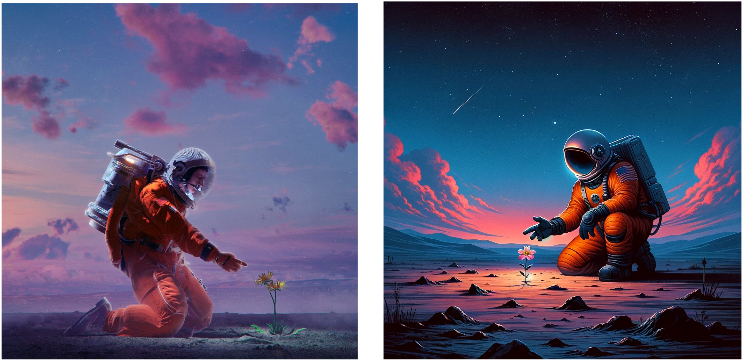
Figure 1: To the left a work by Mike Winkelmann, on the right an AI generated image created by DALL-E3.
Deconstructing the debate: AI in art
In this section, we will take a closer look at one of the sides of a pivotal issue: the impact of AI in art. While we hold the perspective that AI, despite its technological advances, unfairly infringes upon artists’ rights by duplicating their styles without consent or compensation, we also acknowledge the counterpoints. This segment will objectively present the arguments supporting our stance alongside those that challenge it, offering readers a well-rounded understanding of AI’s role in the art world.
The Ethical Implications of AI Generated Art
One of the major ethical issues surrounding AI-generated art is the violation of intellectual property rights. AI-generated art often relies on training AI models on large collections of existing artworks, without obtaining permission or giving credit to the original artists. This practice amounts to stealing the creative work of others, and undermines the artistic integrity and originality of human artists. As Electra Nanou, a staff writer of MakeUseOf, points out, “by using AI to generate new works based on existing ones, individuals are essentially copying or plagiarizing the work of others, without giving proper credit or acknowledgment” [2].
Another ethical concern is the economic impact of AI-generated art on the livelihoods of artists. AI-generated art can create a false impression that art is easy and cheap to produce, and thus devalue the efforts and skills of human artists. Moreover, the perception created by AI that art is easy to produce devalues the skill, creativity, and effort required for original art [3]. This undermines the years of practice, study, and emotional labor invested by artists, potentially impacting societal perception of art and artists. Furthermore, AI-generated art can enable individuals to generate art in the styles of famous artists, without paying them any compensation or royalties. This can create unfair competition and reduce the income opportunities for artists. The Center for Media Engagement at The University of Texas highlights the significant ethical concern in this debate, which revolves around the issue of compensation. It questions whether it is ethically justifiable to permit individuals to create new works in the styles of photographers, illustrators, and designers without ensuring fair compensation for the original creators [4]. The commercial aspects of AI-generated art compound these ethical issues.
A third ethical issue is the cultural implications of AI-generated art. Art is not only a technical product, but also a cultural expression that reflects the values, beliefs, and traditions of different groups and communities. AI-generated art may fail to capture the nuances and subtleties of different cultures, and may produce art that is generic, homogenous, or insensitive. This may result in the loss of cultural diversity and identity in art, and disrespect the cultural heritage of artists. As Tyler Owen from Humanists of Linn County argues;
“AI-generated art poses a threat to the cultural diversity and identity of art. Art is a form of cultural expression that reflects the values, beliefs, and traditions of different groups and communities. AI cannot capture the nuances and subtleties of different cultures, and may produce art that is generic, homogenous, or insensitive”
Tyler Owen from Humanists of Linn County [5]
Finally, instances where AI-generated art has won awards traditionally reserved for human artists highlight the need for urgent ethical consideration [6]. This development challenges the definition of art and artist, raises questions about fairness, and poses a threat to emerging artists competing against machines capable of vast and rapid output.
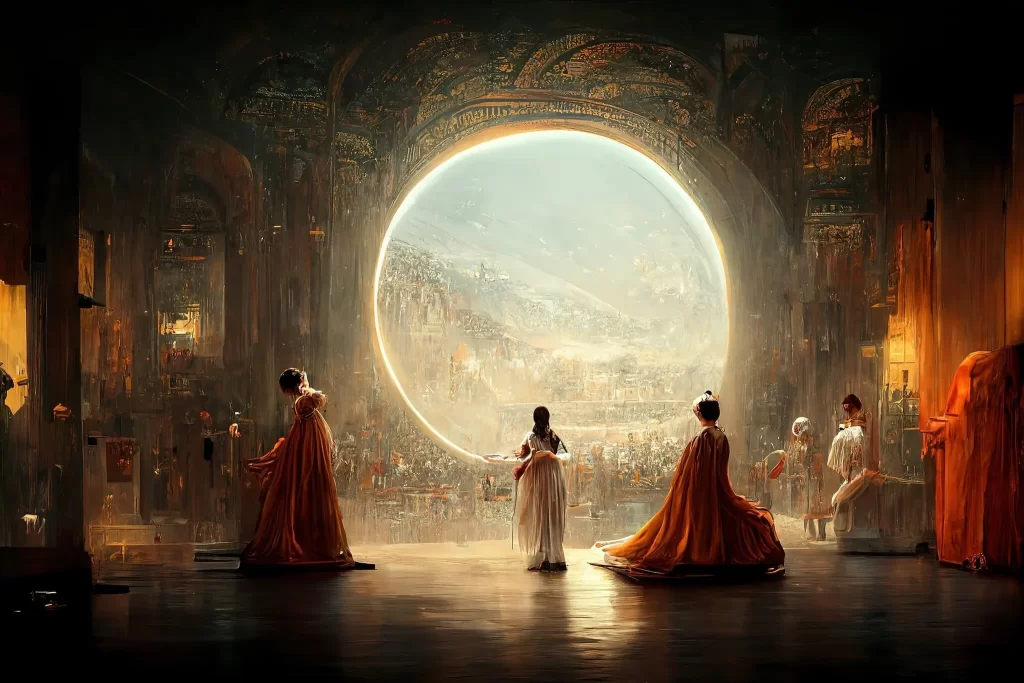
Figure 2: A.I.-generated work, “Théâtre D’opéra Spatial,” by Jason Allen. Won first place in the digital category at the Colorado State Fair.
The Opposition And Their Sentiments
In spite of the growing body of concerns, opposition often underscores the natural course of changes already encountered in the art landscape throughout the ages. Technologies ranging from something as simple as the pencil to the sophistication of Photoshop software are considered to be ‘tools of mediation’. In their respective times, these instruments fundamentally changed the way artists approached their work. The notion holds that these tools serve the artist through the inception of new design processes in which creativity can be expressed. In that same way Brennan Buck, practicing architect, argues that AI is not replacing the traditional artists but merely displacing them [7]. However, unlike traditional tools, AI possesses a level of autonomy and generative capacity that goes beyond mere mediation. While most tools augment an artist’s abilities, AI algorithms can autonomously create entire artworks without direct human intervention. This shift in creative dynamics challenges the role of human creativity in the artistic process. It’s essential to understand that as AI displaces the traditional creative landscape it also displaces the concepts of ownership and originality. Simply saying that AI functions as another means of creative expression undermines the integrity of ownership, originality and human agency in the artistic process.
Some proponents argue that training AI models is akin to artists learning to paint and drawing references by looking at other artwork throughout history. According to them, all art, human or AI-made, are examples of ‘informed practice’ that draw inspiration from their predecessors. This analogy is quite compelling, however, AI owes its very existence to these products and is not just merely inspired by them. This perspective leans on anthropomorphising AI, because fundamentally, the creative processes that drive both are very different. Comparing AI to man runs the risk of ignoring the vast amount of human limitations [8]. Where a human may only be able to correctly study thousands of references in their lifetime, AI can train itself on millions. The scale at which both operate are incomparable, the human, with all its limited capabilities, does not pose an industrialized threat of producing large quantities of mimicked art to the point it could replace the artists it referenced.
The most important question that arises is whether the use of copyrighted art in pursuit of training AI models is to be considered fair use. Fair use is understood to be the legal doctrine that allows limited use of copyrighted material without obtaining permission from the copyright holder. Conditions upholding fair use involve consideration of the effects on the potential market and the degree of transformative change that is applied to the product. As well as the purpose (commercial or educational) of the use and the quantity that is being referenced. In the context of transformative change, data overfitting is a cause for concern. OpenAI has been proven to duplicate data used to train their algorithms [9]. These images reappeared in the training data nearly identically on several occasions causing the AI to memorize and reproduce it accordingly [9]. Efforts made to understand the regurgitation of images are in progress but not yet widely implemented and remain a problem as AI systems are not able to easily forget patterns that already have been learned [11]. When considering the purpose of the creative work used in these models, we often find they apply to commercial use under the pretext of research. Platforms like Midjourney have been capitalizing on their systems through the use of subscription models [12]. However their system is trained using the LAION-5B image data set, which contains 5.8 billion images including copyrighted works and claims to exist merely for the purpose of research [13].
What Does The Future Hold?
In the end, the prevailing sentiment likes to stagnate around the concern that upholding stringent restrictions will slow down innovation and encourage development to migrate to less regulated countries. This capitalist perspective is exemplified by Midjourney founder, who, as reported by Forbes, said he abandoned efforts to obtain consent from artists for copyrighted works— a sentiment reflective of the general mindset in the market [10]. Given these considerations, when addressing the claim regarding the use of copyrighted art to train AI and its qualification as fair use, our inclination is to lean towards the view that it is not yet justified. The scale at which AI can operate has large potential effects on the market and the degree in which the identity of the artist can be used for commercial use, intentionally or not, currently does not meet ethical standards [9].
It remains imperative that those who develop AI should aim to do so in the most legal and ethical manner. The value these systems create cannot exist without the life’s work of artists. Artists should be compensated, informed and asked for permission before their material is scrapped for training. We propose the adoption and application of existing harm control procedures found in industries parallel to that of the art industry; like the music industry. Today, the intellectual property of musicians is already being protected successfully around the globe, the same incentive can and should be shown to safeguard the creative works of traditional artists. Therefore, active conversation remains crucial in order to avoid exploitation in the evolving landscape. While we do not believe artists will be replaced; as humans will always crave the physicality of art, we do believe it’s important to show incentive in creating the necessary ethical standards.
